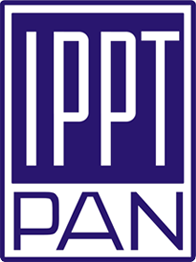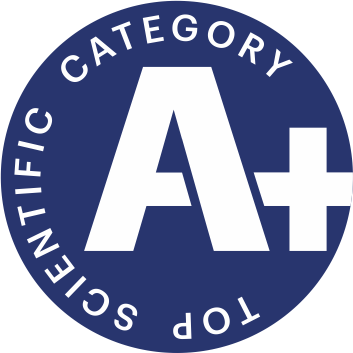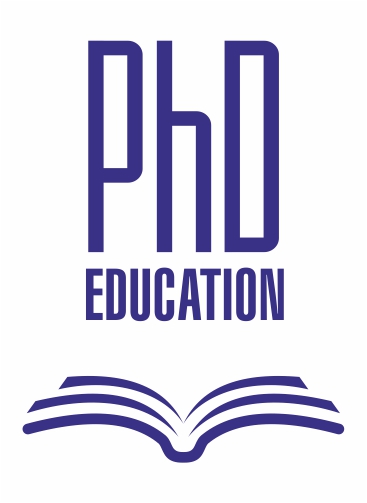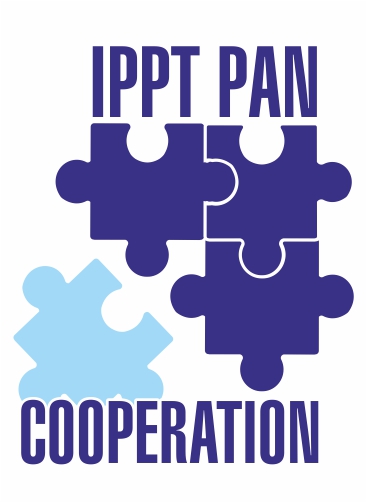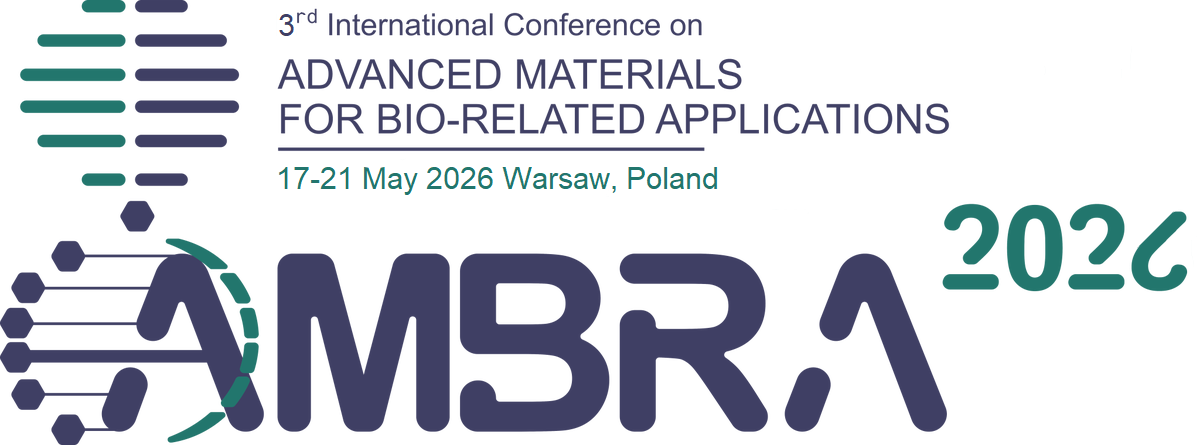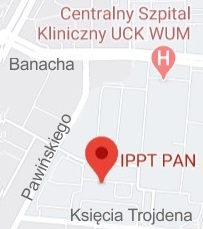| 1. |
Kopeć M., Przygucka D.♦, Sitek R.♦, Jóźwiak S.♦, Orientation-dependent low-cycle fatigue and grain boundary evolution in DMLS-fabricated Haynes 282 superalloy,
Manufacturing Letters, ISSN: 2213-8463, DOI: 10.1016/j.mfglet.2025.06.206, Vol.45, pp.1-8, 2025 Abstract:
This study investigates the effect of build orientation on the fatigue performance of Haynes 282 alloy manufactured via Direct Metal Laser Sintering at 0°, 45°, and 90°. Fatigue tests revealed superior service life for 0° and 45° orientations, attributed to equiaxed grains and high-angle grain boundaries identified by EBSD. Vertical builds exhibited columnar grains and reduced fatigue resistance. This work provides the first systematic correlation between grain boundary character and low-cycle fatigue behavior in DMLS-manufactured Haynes 282, expanding current understanding beyond Inconel-based systems and offering insights for orientation-based design optimization in critical high-temperature applications Keywords:
Nickel alloys, Fatigue, Additive manufacturing, Direct metal laser sintering (DMLS) Affiliations:
| Kopeć M. | - | IPPT PAN | | Przygucka D. | - | other affiliation | | Sitek R. | - | Warsaw University of Technology (PL) | | Jóźwiak S. | - | Military University of Technology (PL) |
| 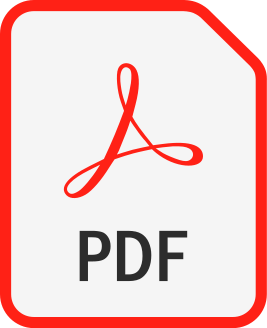 |
| 2. |
Dubey V., Kopeć M., Przygucka D.♦, Pawlik M.♦, Wood P.♦, Kowalewski Z.L., Effect of the printing orientation on the yield surface and its evolution reflecting plastic pre-deformation of additively manufactured stainless steel 316L,
International Journal od Advanced Manufacturing Technology, ISSN: 0268-3768, DOI: 10.1007/s00170-025-16296-y, Vol.139, No.9-10, pp.1-22, 2025 Abstract:
This study explores the influence of printing orientation on the yield surface characteristics and their evolution under plastic pre-deformation in additively manufactured (AM) stainless steel 316L produced via laser powder bed fusion (LPBF). Tubular specimens were fabricated in three orientations (XY, ZX, and Z) and subjected to multi-axial loading to experimentally determine initial and subsequent yield surfaces using a single-specimen probing approach. The yield surfaces were derived at two offset strain definitions (0.001% and 0.005%) and further analyzed after tensile pre-deformations of 0.35%, 0.5%, and 0.8%. Results revealed strong anisotropy in the AM specimens, with the Z-oriented samples displaying the lowest yield strength and most significant softening. In contrast, the XY and ZX orientations exhibited higher resistance to plastic deformation. The wrought SS316L showed superior mechanical performance. The evolution of yield surfaces highlighted the orientation-dependent hardening/softening mechanisms and directional stress redistribution. Electron backscatter diffraction (EBSD) analysis revealed that the microstructural anisotropy and grain morphology—particularly the presence of columnar grains in the Z-oriented samples—correlate strongly with the observed mechanical anisotropy and yield surface asymmetry Keywords:
Stainless steel, Yield surface, Additive manufacturing, Laser powder bed fusion melting (LPBF-M) Affiliations:
| Dubey V. | - | IPPT PAN | | Kopeć M. | - | IPPT PAN | | Przygucka D. | - | other affiliation | | Pawlik M. | - | other affiliation | | Wood P. | - | University of Derby (GB) | | Kowalewski Z.L. | - | IPPT PAN |
|  |
| 3. |
Kopeć M., Przygucka D.♦, Mierzejewska I., Sitek R.♦, Kowalewski Z.L., Jóźwiak S.♦, Effect of printing orientation on microstructure and fatigue behaviour of additively manufactured Haynes 282,
JOURNAL OF ALLOYS AND COMPOUNDS, ISSN: 0925-8388, DOI: 10.1016/j.jallcom.2025.181777, No.181777, pp.1-16, 2025 Abstract:
In this study, Haynes 282 alloy bars were fabricated using Direct Metal Laser Sintering (DMLS) in three build orientations: 0°, 45°, and 90°. The process was conducted under an argon protective atmosphere with an energy density of 104 J/mm³, a laser power of 100 W, and a scanning speed of 800 mm/s. The additively manufactured (AM) specimens underwent fatigue testing at stress amplitudes ranging from ±550 MPa to ±800 MPa. Specimens printed at 0° and 45° showed significantly improved mechanical performance, indicating these orientations are more favorable. Notably, the AM specimens demonstrated extended service life at stress amplitudes below 700 MPa, highlighting the potential of DMLS for producing durable Haynes 282 components. Keywords:
Haynes 282,nickel alloys,fatigue,additive manufacturing,Direct Metal Laser Sintering (DMLS) Affiliations:
| Kopeć M. | - | IPPT PAN | | Przygucka D. | - | other affiliation | | Mierzejewska I. | - | IPPT PAN | | Sitek R. | - | Warsaw University of Technology (PL) | | Kowalewski Z.L. | - | IPPT PAN | | Jóźwiak S. | - | Military University of Technology (PL) |
|  |
| 4. |
Dubey V., Przygucka D.♦, Pawlik M.♦, Kowalewski Z. L., Wood P.♦, Kopeć M., Microstructural studies on early-stage deformation in thin-walled LPBF-manufactured SS316L considering its printing orientation,
Materials Today Communications, ISSN: 2352-4928, DOI: 10.1016/j.mtcomm.2025.114531, Vol.50, No.114531, pp.1-8, 2025 Abstract:
This study investigates the influence of build orientation on the microstructure and early-stage deformation behaviour of austenitic stainless steel 316 L (SS316L) produced via laser powder bed fusion (LPBF). Three LPBF specimen orientations: horizontal (XY), inclined at 45° (ZX), and vertical (Z) were compared to conventionally produced wrought SS316L. Mechanical testing was conducted under uniaxial tension to fracture and to a controlled axial strain of 1 % to capture the onset of plasticity. Electron backscatter diffraction (EBSD) was performed before and after deformation to quantify grain boundary character, misorientation distribution, and grain morphology evolution. The LPBF material exhibited notable differences in yield strength and strain hardening, with the Z-oriented specimens exhibiting the lowest mechanical performance due to insufficient interlayer bonding and elongated melt pool boundaries aligned with the build direction. In contrast, the XY and ZX orientations showed relatively higher strength and more uniform deformation behaviour. EBSD revealed that early-stage plastic deformation led to the intragranular misorientation accumulation but the degree of it varied significantly with orientation. Wrought SS316L displayed the highest overall mechanical properties and more homogeneous deformation due to its equiaxed, recrystallized microstructure. Keywords:
Stainless steel, Microstructure, Additive manufacturing, Laser Powder Bed Fusion Melting (LPBF-M) Affiliations:
| Dubey V. | - | IPPT PAN | | Przygucka D. | - | other affiliation | | Pawlik M. | - | other affiliation | | Kowalewski Z. L. | - | IPPT PAN | | Wood P. | - | University of Derby (GB) | | Kopeć M. | - | IPPT PAN |
|  |




